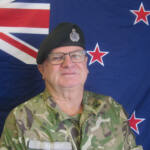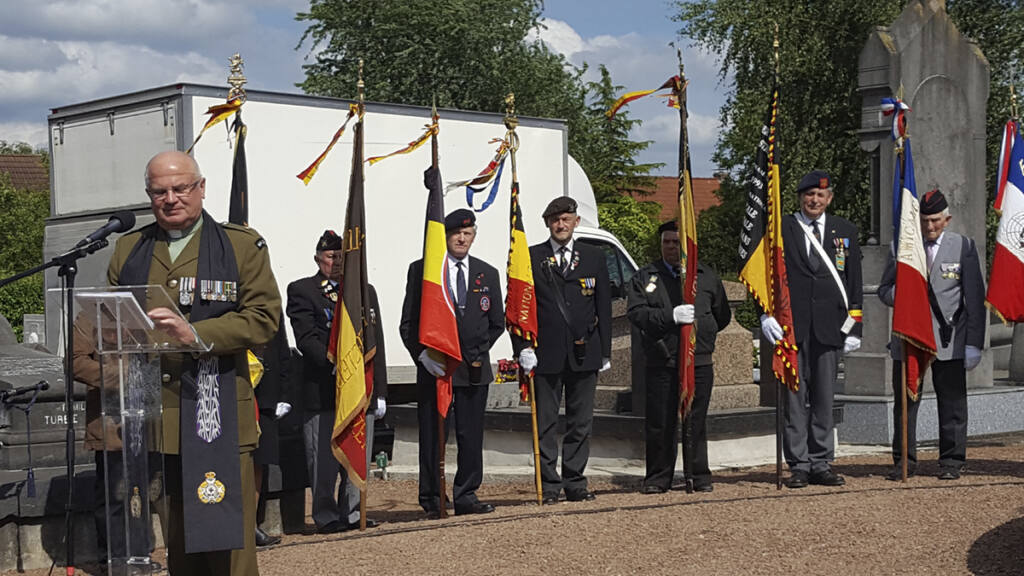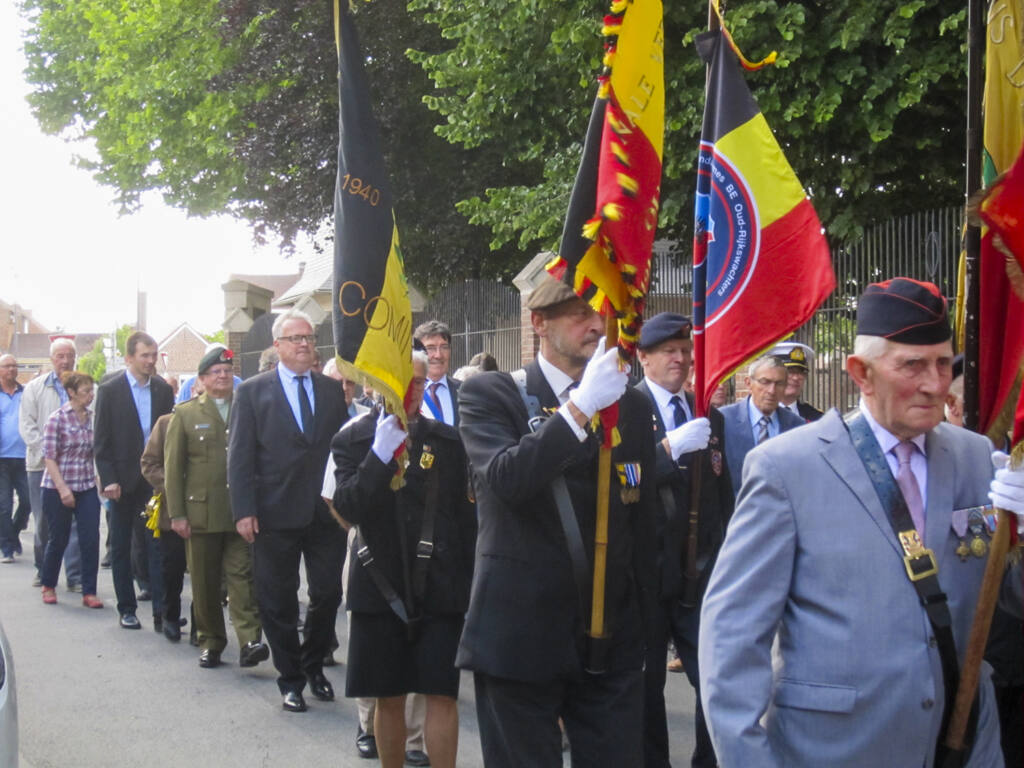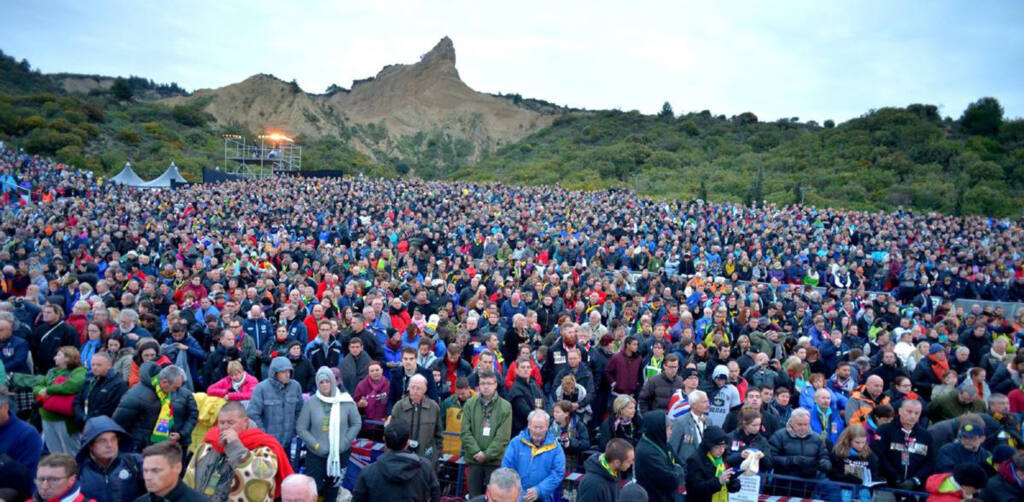
WelCom April 2023
Anzac Day, 25 April 2023, National Day of Remembrance
Te Rā o Anzac, 25 o Paenga-whāwhā 2023, He Rā Whakamaharatanga a Motu
Chaplain Brian Fennessy ED, RNZChD
Later in the year I’m going on a Battlefield Tour of Germany including a visit to the Mohne and Eder Dams, of the Dambusters fame, and Colditz Castle. Charles Upham VC & Bar was a prisoner at Colditz for about six months.
Commemorations of Battles like Messines and Cassino, and the growing attendance at Gallipoli for Anzac Day help us to remember part of New Zealand’s heritage.
Each commemoration records a story of past deeds of service, valour, courage, and sacrifice; it is also a living reminder of the Anzacs who lived these stories and in time became part of the heritage of New Zealand families and communities.
Battlefield Tours can be just a holiday with friends, or they can be a pilgrimage to sites that are meaningful and part of our heritage. A pilgrimage is a journey, a physical and a spiritual journey. The intention is to affirm and strengthen our values, or religious faith, by our participation in the journey.

Catholics are familiar with religious pilgrimages to Jerusalem, Lourdes and even to North Auckland to the site of Bishop Pompallier’s shrine. The ritual of pilgrimages seems to be part of the human and Christian condition.
There is a transcendent dimension to a pilgrimage. To visit a site where people have been willing to sacrifice themselves, in a sense of service, for the ‘love of their neighbour’ speaks to the human heart. Pilgrimages and memorials introduce us to a legacy that reaches beyond a mere visit to a site. We endeavour to link the past to the present and apply it to the future.
Pilgrimages often conclude with a visit to a grave, shrine, or cemetery, where we stop, and offer a prayer and pause to remember human courage and service.
From a military perspective we normally recite the Ode, with its refrain ‘we will remember them’, play the Last Post and lay poppies in remembrance.
Commemorations of Battles like Messines and Cassino, and the growing attendance at Gallipoli for Anzac Day help us to remember part of New Zealand’s heritage.
By our participation we acknowledge the heroic service of others and consciously or unconsciously pledge ourselves in the communal duty to work for peace and the wellbeing of society.
In June 2017 I attended the centennial commemorations for the Battle of Messines. My main reason for attending the commemorations was to commemorate the death of Fr James McMenamin, an army chaplain from the Wellington Archdiocese, who was killed, from an artillery blast, while officiating at the burial of several soldiers during WWI.
The commemoration in Nieppe, a French town near the Belgium border, where Fr McMenamin is buried in the priests’ plot in the local cemetery, included a parade along the main street, and a service at the cemetery, laying of poppies and the Last Post. This was followed by a mayoral reception with speeches and refreshments.
Pilgrimages also possess a social dimension; friendship and enjoyment are part of any pilgrimage. That evening there was a Mass in the parish church in Messines. This, like many commemorations, remembered in thanksgiving the life and ministry of a New Zealander.
This Anzac Day there will be countless services throughout New Zealand and at overseas memorials.
Each commemoration records a story of past deeds of service, valour, courage, and sacrifice; it is also a living reminder of the Anzacs who lived these stories and in time became part of the heritage of New Zealand families and communities.
Anzac Day observances have the potential to be a pilgrimage, often beginning with a service at a hall then a parade to the cenotaph.
It is one of the few events within New Zealand where a prayer is still offered and perhaps a passage from the Scriptures is read.
In New Zealand, where over 50 per cent of New Zealanders will state on their census form ‘No Religion’, Anzac Day still carries an expression of the transcendent and the message of eternal life. Perhaps this is why attendance is significance in all centres. On Anzac Day, peoples’ innate religious dimension is given an opportunity to be expressed.
Our affirmation is shown by standing in silence as the Ode is recited, the Last Post and Reveille are played, and we lay wreaths and poppies in remembrance.
By our attendance we give public expression to our remembrance and thanksgiving and our intention to uphold human dignity and freedom.
Lest we forget.
Chaplain Brian Fennessy ED, RNZChD, is parish priest of Selwyn Parish, Lincoln and currently a chaplain on Standby Army Reserve.


